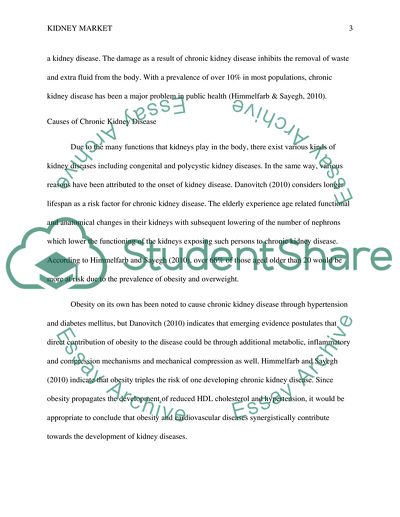Cite this document
(Should Individuals be Allowed to Sell their Organs on the Open Market Research Paper - 2, n.d.)
Should Individuals be Allowed to Sell their Organs on the Open Market Research Paper - 2. Retrieved from https://studentshare.org/law/1795351-should-individuals-be-allowed-to-sell-their-organs-on-the-open-market-in-the-us-a-study-of-the-legal-kidney-market-in-other-countries
Should Individuals be Allowed to Sell their Organs on the Open Market Research Paper - 2. Retrieved from https://studentshare.org/law/1795351-should-individuals-be-allowed-to-sell-their-organs-on-the-open-market-in-the-us-a-study-of-the-legal-kidney-market-in-other-countries
(Should Individuals Be Allowed to Sell Their Organs on the Open Market Research Paper - 2)
Should Individuals Be Allowed to Sell Their Organs on the Open Market Research Paper - 2. https://studentshare.org/law/1795351-should-individuals-be-allowed-to-sell-their-organs-on-the-open-market-in-the-us-a-study-of-the-legal-kidney-market-in-other-countries.
Should Individuals Be Allowed to Sell Their Organs on the Open Market Research Paper - 2. https://studentshare.org/law/1795351-should-individuals-be-allowed-to-sell-their-organs-on-the-open-market-in-the-us-a-study-of-the-legal-kidney-market-in-other-countries.
“Should Individuals Be Allowed to Sell Their Organs on the Open Market Research Paper - 2”, n.d. https://studentshare.org/law/1795351-should-individuals-be-allowed-to-sell-their-organs-on-the-open-market-in-the-us-a-study-of-the-legal-kidney-market-in-other-countries.


